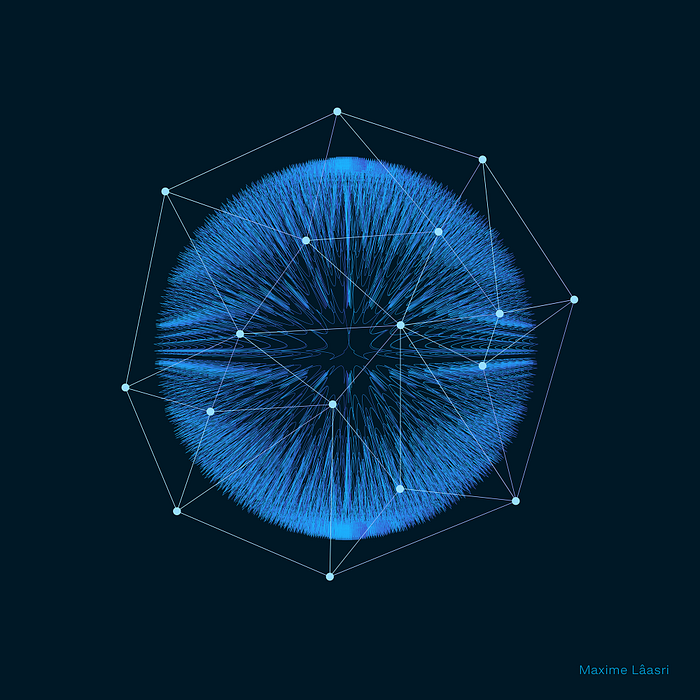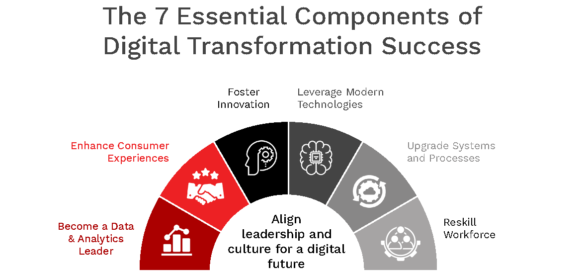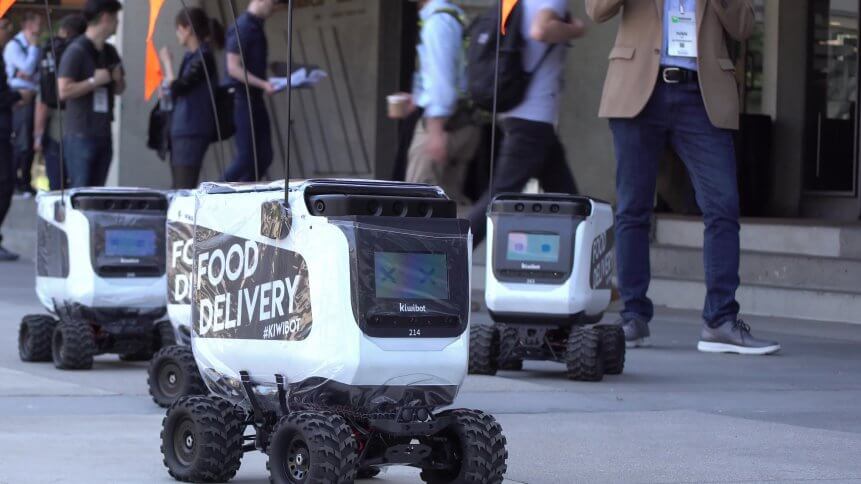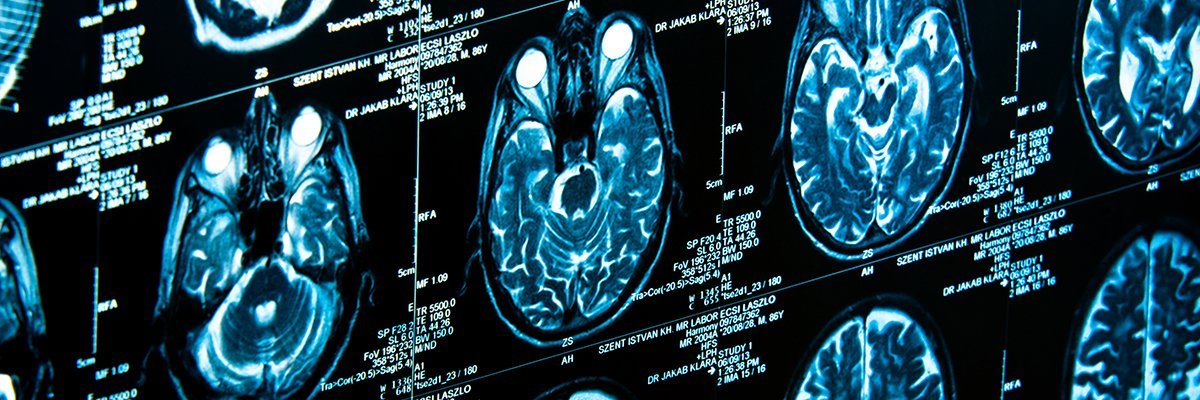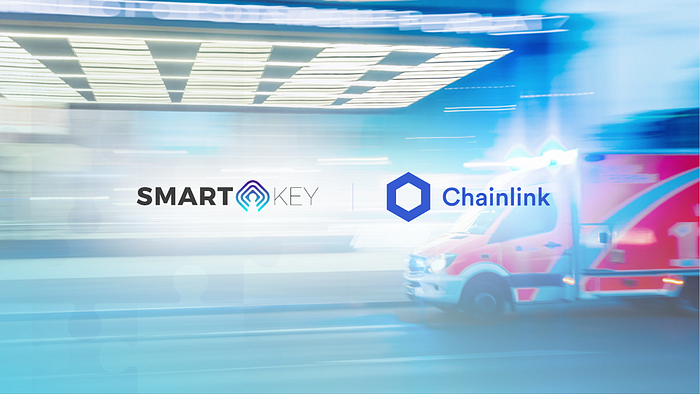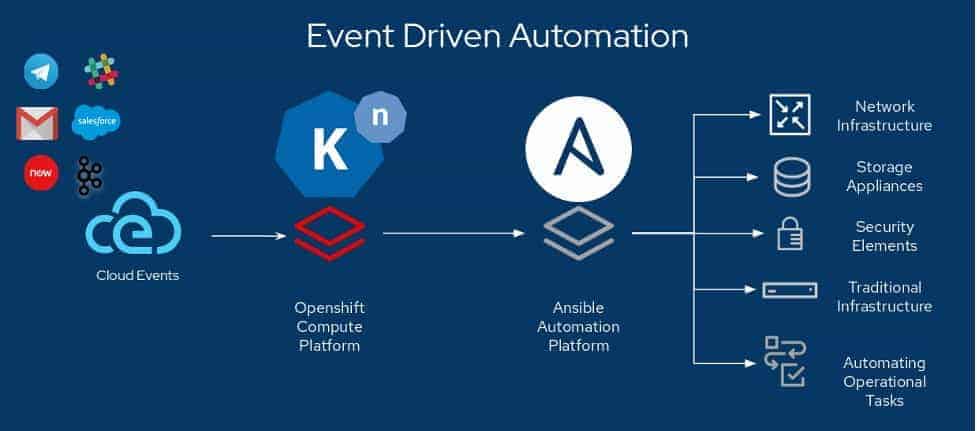Pairing AI With Human Judgment Is Key To Avoiding 'Mount Stupid'

We are in the midst of what has been called the age of automation — a
transformation of our economy, as robots, algorithms, AI and machines become
integrated into everything we do. It would be a mistake to assume automation
corrects for the Dunning-Kruger effect. Like humans, dumb bots and even smart
AI often do not understand the limitations of their own competency. Machines
are just as likely to scale Mount Stupid, and it can just as likely lead to
disastrous decisions. But there is a fix for that. For humans, the fix is
adding some humility to our decision making. For machines, it means creating
flexible systems that are designed to make allowances and seamlessly handle
outlier events — the unknowns. Having humans integrated into that system
allows one to identify those potential automation failures. In automation,
this is sometimes referred to as a human-in-the-loop system. Much like an
autonomous vehicle, these systems keep improving as they acquire more input.
It’s not rigid; if the autonomous vehicle encounters a piece of furniture in
the road, a remote driver can step in to navigate around it in real-time while
the AI or automation system learns from the actions taken by the remote
driver. Human-in-the-loop systems are flexible and can seamlessly handle
outlier events.
UK government ramps up efforts to regulate tech giants

Digital Secretary Oliver Dowden said: “There is growing consensus in the UK
and abroad that the concentration of power among a small number of tech
companies is curtailing growth of the sector, reducing innovation and having
negative impacts on the people and businesses that rely on them. It’s time to
address that and unleash a new age of tech growth.” While the Furman report
found that there have been a number of efforts between the tech giants to
support interoperability, giving consumers greater freedom and flexibility,
these can be hampered by technical challenges and a lack of coordination. The
report's authors wrote that, in some cases, lack of interoperability are due
to misaligned incentives. “Email standards emerged due to co-operation but
phone number portability only came about when it was required by regulators.
Private efforts by digital platforms will be similarly hampered by misaligned
incentives. Open Banking provides an instructive example of how policy
intervention can overcome technical and coordination challenges and misaligned
incentives.” In July, when the DMT was setup, law firm Osborne Clarke warn
about the disruption to businesses increased regulations could bring.
Consumption of public cloud is way ahead of the ability to secure it

As the shift to working from home at the start of the year began, the old
reliance on the VPN showed itself to be a potential bottleneck to employees
being able to do what they are paid for. "I think the new mechanism that we've
been sitting on -- everyone's been doing for 20 years around VPN as a way of
segmentation -- and then the zero trust access model is relatively new, I
think that mechanism is really intriguing because [it] is so extensible to so
many different problems in use cases that VPN's didn't solve, and then other
use cases that people didn't even consider because there was no mechanism to
do it," Jefferson said. Going a step further, Eren thinks VPN usage between
client and sites is on life support, but VPNs themselves are not going away.
... According to Jefferson, the new best practice is to push security controls
as far out to the edge as possible, which undermines the role of traditional
appliances like firewalls to be able to enforce security, and people are
having to work out the best place for their controls in the new working
environment. "I used to be pretty comfortable. This guy, he had 10,000 lines
of code written on my Palo Alto or Cisco and every time we did a firewall
refresh every 10 years, we had to worry about the 47,000 ACLs [access control
list] on the firewall, and now that gets highly distributed," he said.
IOT & Distributed Ledger Technology Is Solving Digital Economy Challenges

DLTs can play an important function in driving data provenance yet ought to be
utilized in conjunction with technologies, for example, hardware root of trust
and immutable storage. Distributed ledger technology just keeps up a record of
the transactions themselves, so if you have poor or fake information, it will
simply disclose to you where that terrible information has been. All in all,
DLTs alone don’t address software engineering’s trash in, trash out issue, yet
offer impressive advantages when utilized in concert with technologies that
ensure data integrity. Blockchain innovation vows to be the missing
connection empowering peer-to-peer contractual behavior with no third party to
“certify” the IoT transaction. It answers the challenge of scalability, single
purpose of disappointment, time stamping, record, security, trust and
reliability in a steady way. Blockchain innovation could give a basic
infrastructure to two devices to straightforwardly move a piece of property,
for example, cash or information between each other with a secured and
reliable time-stamped contractual handshake. To empower message exchanges, IoT
devices will use smart contracts which at that point model the understanding
between the two gatherings.
Does small data provide sharper insights than big data?

Data Imbalance occurs when the number of data points for different classes is
uneven. Imbalance in most machine learning models is not a problem, but
imbalance is consequential in Small Data. One technique is to change the Loss
Function by adjusting weights, another example of how AI models are not
perfect. A very readable explanation of imbalance and its remedies can be
found here. Difficulty in Optimization is a fundamental problem since
that is what machine learning is meant to do. Optimization starts with
defining some kind of loss function/cost function. It ends with minimizing it
using one or the other optimization routines, usually Gradient Descent, an
iterative algorithm for finding a local minimum of a differentiable function
(first-semester calculus, not magic). But if the dataset is weak, the
technique may not optimize. The most popular remedy is Transfer Learning. As
the name implies, transfer learning is a machine learning method where a model
is reused to enhance another model. A simple explanation of transfer learning
can be found here. I wanted to do #3 first, because #2 is the more compelling
discussion about small data.
84% of global decision makers accelerating digital transformation plans

“New ways of working, initially broadly imposed by the global pandemic, are
morphing into lasting models for the future,” said Mickey North Rizza, program
vice president for IDC‘s Enterprise Applications and Digital Commerce research
practice. “Permanent technology changes, underpinned by improved
collaboration, include supporting hybrid work, accelerating cloud use,
increasing automation, going contactless, adopting smaller TaskApps, and
extending the partnership ecosystem. Enterprise application vendors need to
assess their immediate and long-term strategies for delivering collaboration
platforms in conjunction with their core software.” “If we’ve learned anything
this year, it’s that the business environment can change almost overnight, and
as business leaders we have to be able to reimagine our organizations and
seize opportunities to secure sustainable competitive advantage,” said Mike
Ettling, CEO, Unit4. “Our study shows what is possible with continued
investment in innovation and a people-first, flexible enterprise applications
strategy. As many countries go back into some form of lockdown, this
people-centric focus is crucial if businesses are to survive the challenges of
the coming months.”
How Apache Pulsar is Helping Iterable Scale its Customer Engagement Platform

Pulsar’s top layer consists of brokers, which accept messages from producers
and send them to consumers, but do not store data. A single broker handles
each topic partition, but the brokers can easily exchange topic ownership, as
they do not store topic states. This makes it easy to add brokers to increase
throughput and immediately take advantage of new brokers. This also enables
Pulsar to handle broker failures. ... One of the most important functions of
Iterable’s platform is to schedule and send marketing emails on behalf of
Iterable’s customers. To do this, we publish messages to customer-specific
queues, then have another service that handles the final rendering and sending
of the message. These queues were the first thing we decided to migrate from
RabbitMQ to Pulsar. We chose marketing message sends as our first Pulsar use
case for two reasons. First, because sending incorporated some of our more
complex RabbitMQ use cases. And second, because it represented a very large
portion of our RabbitMQ usage. This was not the lowest risk use case; however,
after extensive performance and scalability testing, we felt it was where
Pulsar could add the most value.
Algorithmic transparency obligations needed in public sector

The review notes that bias can enter algorithmic decision-making systems in a
number of ways. These include historical bias, in which data reflecting
previously biased human decision-making or historical social inequalities is
used to build the model; data selection bias, in which the data collection
methods used mean it is not representative; and algorithmic design bias, in
which the design of the algorithm itself leads to an introduction of bias.
Bias can also enter the algorithmic decision-making process because of human
error as, depending on how humans interpret or use the outputs of an
algorithm, there is a risk of bias re-entering the process as they apply their
own conscious or unconscious biases to the final decision. “There is also risk
that bias can be amplified over time by feedback loops, as models are
incrementally retrained on new data generated, either fully or partly, via use
of earlier versions of the model in decision-making,” says the review. “For
example, if a model predicting crime rates based on historical arrest data is
used to prioritise police resources, then arrests in high-risk areas could
increase further, reinforcing the imbalance.”
Regulation on data governance

The data governance regulation will ensure access to more data for the EU
economy and society and provide for more control for citizens and companies
over the data they generate. This will strengthen Europe’s digital sovereignty
in the area of data. It will be easier for Europeans to allow the use of data
related to them for the benefit of society, while ensuring full protection of
their personal data. For example, people with rare or chronic diseases may
want to give permission for their data to be used in order to improve
treatments for those diseases. Through personal data spaces, which are novel
personal information management tools and services, Europeans will gain more
control over their data and decide on a detailed level who will get access to
their data and for what purpose. Businesses, both small and large, will
benefit from new business opportunities as well as from a reduction in costs
for acquiring, integrating and processing data, from lower barriers to enter
markets, and from a reduction in time-to-market for novel products and
services. ... Member States will need to be technically equipped to ensure
that privacy and confidentiality are fully respected.
Why Vulnerable Code Is Shipped Knowingly
Even with a robust application security program, organizations will still deploy
vulnerable code! The difference is that they will do so with a thorough and
contextual understanding of the risks they're taking rather than allowing
developers or engineering managers — who lack security expertise — to make that
decision. Application security requires a constant triage of potential risks,
involving prioritization decisions that allow development teams to mitigate risk
while still meeting key deadlines for delivery. As application security has
matured, no single testing technique has helped development teams mitigate all
security risk. Teams typically employ multiple tools, often from multiple
vendors, at various points in the SDLC. Usage varies, as do the tools that
organizations deem most important, but most organizations end up utilizing a set
of tools to satisfy their security needs. Lastly, while most organizations
provide developers with some level of security training, more than 50% only do
so annually or less often. This is simply not frequent or thorough enough to
develop secure coding habits. While development managers are often responsible
for this training, in many organizations, application security analysts carry
the burden of performing remedial training for development teams or individual
developers who have a track record of introducing too many security issues.
Quote for the day:
"Most people live with pleasant illusions, but leaders must deal with hard realities." - Orrin Woodward






